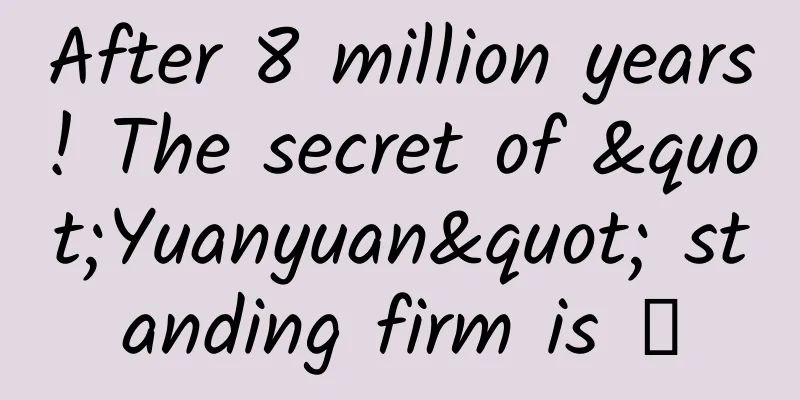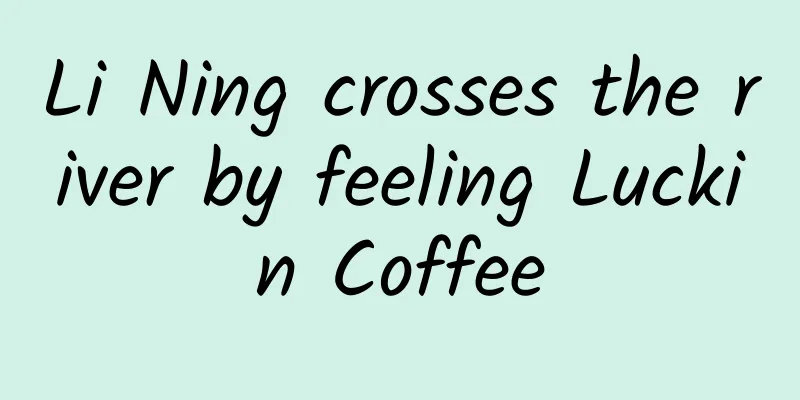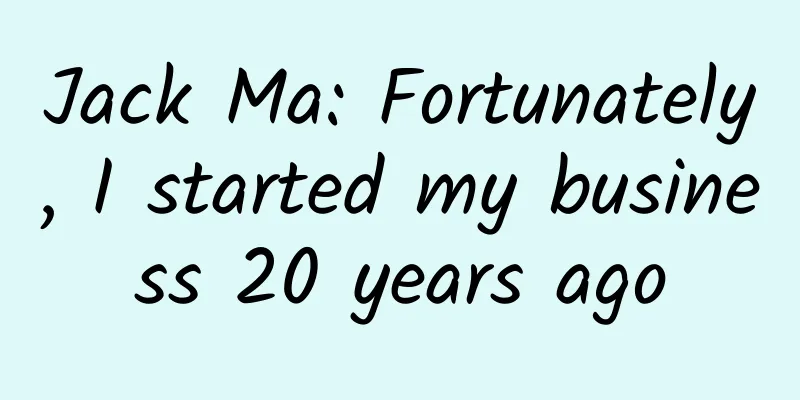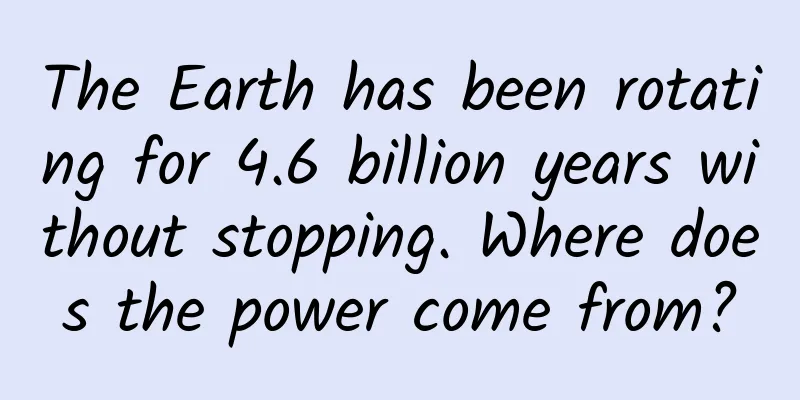How to build a system to recall lost users?
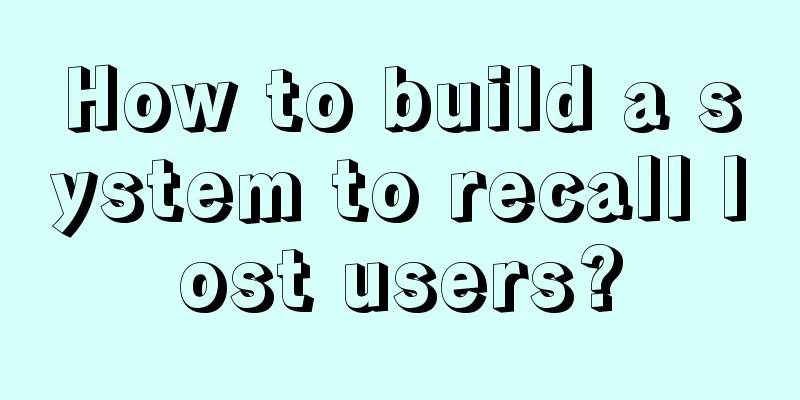
|
Recalling lost users is an important part of product and operation work. This article combines my own user recall work experience to formulate a comprehensive design plan for the lost user recall system , hoping to provide an idea for everyone's user recall work. First, let’s look at the mind map, and then I’ll sort them out for you one by one. Please forgive me for any shortcomings. 1. Quantify the definition of lost users Quantifying the definition of lost users is the primary issue that must be addressed when launching user recall efforts. This is the starting point for a product to build a lost user recall system . Unfortunately, however, this issue is rarely mentioned in the existing information on the Internet. We know that the so-called lost users usually refer to those users who have used a product or service but later no longer use it for some reason. In actual work, the definition of lost users can be much more complicated depending on the business type of the product or service. Because the churned users are not one person but a group of people, the operation needs to summarize the key behavioral characteristics of the churned users based on the business type of the product and the group behavioral characteristics exhibited by the churned users, and use this to determine whether other users have churned. In this process, the issue of quantifying indicators cannot be avoided. For example: For example, for e-commerce products, based on the definition of user purchasing behavior, a user is considered lost if they do not make a purchase again for a certain period of time. For example, for content products, based on the definition of user access behavior, a user is considered lost if they have not visited the product for a certain period of time. For example, for video products, based on the definition of user viewing behavior, a user is considered lost if they have not watched for a certain period of time. That is, in actual work, you need to quantify the key user behaviors based on the product business type to define lost users. If the definition of lost users is not quantified, the system will not be able to manage these users in a labeled manner, distinguish them from other normal active users, or send recall messages and welfare gifts in batches. The result is that the definition is not sufficient to guide practical work and is an invalid definition. 2. Establish user churn warning Regarding user loss, there is a misunderstanding that needs to be corrected: user loss should be a process rather than a node. Usually, lost users will show some abnormal behavior characteristics before they officially stop using the APP or uninstall the APP: the previous visit frequency is greatly reduced, the online time is greatly reduced, the interaction frequency is greatly reduced or even disappears, etc. These abnormal behavior indicators are also the basis for our definition of user churn. Therefore, in order to avoid the problem of large-scale user loss without knowing it, the operation background should set up a user loss warning mechanism: when the access frequency, online time, and interaction frequency of old users are lower than the previous average, the operation should sound the alarm. Note: This is a user who may be lost, intercept him quickly! In addition, the work of recalling lost users does not start after the user has been lost. Instead, when the system detects that the user may have a tendency to lose, self-help measures have been launched! At present, the user churn warnings of many games are very mature, such as "Battle! Take "Onmyoji Arena" as an example. Once you have not been online for a few days, you will receive a text message reminder, as well as a system care letter and gifts after logging in again. When users show signs of churn in the early stages, a two-pronged approach of emotional care and welfare gifts can effectively intercept a group of users who may be at risk of churn . You see, after accepting the gift, I happily started my journey of upgrading my qualifications. 3. Profiling lost users Although early warning of churn and timely response can effectively intercept some users, there will still be a large number of users who will put the APP into cold storage or directly uninstall it for various reasons. In short, they will basically not log in again unless there are special circumstances. For this group of users, it is necessary to conduct a profile analysis of lost users, start by understanding them, and formulate a recall strategy. Generally speaking, the profile of lost users can be analyzed from two aspects: demographic attributes and behavioral attributes. In the first step, we can outline the basic framework of the lost user portrait based on the demographic attributes of the lost users, such as gender, region, occupation, age group, etc.; in the second step, we can further refine the group behavior characteristics of the lost users by combining the user registration channel, access path, content preference, main behavior, and the user's last interactive behavior. Note that we should focus on the specific actions, objects, and time points of the last interactive behaviors of lost users, which is of great reference value for us to understand the preferences of this user group. In short, the lost user portrait is the action guide in the lost user recall system. The more detailed and representative the portrait of lost users is, the higher the recall success rate will be. 4. Develop a recall strategy At all times, please keep in mind the key thinking point of user recall work: from the user's perspective, give users a reason to use the product again. This should be the starting point when formulating a recall strategy. The final execution of the recall is sent out by messages. Therefore, regarding the question of how to formulate a strategy for recalling lost users, in simple terms, we can start from two aspects: choosing the recall method and polishing the recall copy.
To put it simply, there are currently 9 commonly used methods of user recall. ①SMS. Can be distributed in batches; but can easily be regarded as spam and trigger complaints; suitable for ordinary users. ②Email. Low cost, can be sent in large quantities, but the click rate is low; suitable for ordinary users. ③push. The effect is good, but it depends on whether the user chooses to allow push during installation; ④WeChat notification. This is the user notification template for WeChat service accounts. The effect depends on whether the user follows the relevant WeChat account. ⑤Telephone follow-up. The cost is high and batch operation is not possible, so it is mainly suitable for VIP users. ⑥Gift recall. Including giving away souvenirs, peripherals, gifts, etc., suitable for seed users. ⑦ Welfare recall. Contains coupons, cash red envelopes, experience money and other benefits. ⑧Activity recall. Depends on the type of event and promotional channel. ⑨Personal battle report/annual summary. Similar to [King's Battle Report], [2018 Alipay Annual Bill], etc. In actual applications, these nine recall methods have their own advantages and disadvantages and applicable scenarios. Operations need to analyze factors such as product business type, existing resource conditions, and characteristics of lost users, and select the recall method that best matches user attributes.
There are many explanations on the Internet about how to write recall copy. My opinion on this is: scene creation + emotional resonance + welfare stimulation, giving users real resonance and benefits. In addition, the recall copy also carries the mission of awakening users to enter the link (re-login or download the APP), so it inevitably contains a jump link (middle page). How to connect the jump link with the previous and next copy is also something that needs to be considered when polishing the recall copy. Finally, remember to test whether the connection can be opened successfully before sending messages in batches. In fact, polishing recall copy is not an easy task. Below are a batch of recall text messages that I received recently and caught my attention. The scenes, emotions, and interests are indeed there, but they are not enough for me to open it, because personally, my needs are not these. Furthermore, if you want to improve the conversion rate of recall text messages, it also involves the stratification of lost users and multi-text message testing, which is another new issue and will not be expanded here. 5. Simulate user recall path Once the user recall strategy is determined, it is necessary to formally implement the recall plan. In order to avoid pitfalls, many products will simulate whether the user recall path is unobstructed and whether the user experience is good before taking formal action. Generally speaking, there are three key links in the communication path from the release of recall messages to the return of lost users: message release, message opening, and return login. Each link is affected by different factors and affects the user recall effect to varying degrees. The starting point for formulating a strategy to recall lost users: From the user's perspective, give users a reason to use the product again. It must be made clear that churned users are different from new users. They are a group of people who have used the product but later no longer use it for some reason, that is, a group of people who have a poor experience with the product or lack demand for it. They are not completely ignorant about the product and may even have experienced many of the product's drawbacks. How to make users recognize the product's value again is the focus of the recall work. Usually, the hallmark action of successful user recall is the long-lost “return to login”. In order to facilitate this critical behavior, you need to simulate in advance the various problems that users may encounter in their recall path and the corresponding optimization measures to ensure a good user experience and give them a reason to reopen the product. 6. Analyze the recall effect After executing the user recall action, we will enter the data monitoring and effect verification stage. Here, corresponding to the definition of lost users, we first need to clearly quantify what kind of users are considered successfully recalled users? Regarding this issue, it is generally believed that lost users who log in again within 24 hours after sending the SMS are considered successfully recalled users. However, the actual situation is much more complicated. For example, some users received a recall text message and expressed interest, but did not open it immediately due to other factors. However, they found the message a few days later and re-entered the APP; or, some users closed the text message and entered the APP directly after receiving it. There is no doubt that although the entry scenarios are different, they are all successful in recalling users. Therefore, data monitoring for the recall of lost users should be the monitoring of all user behaviors that may occur during the recall process, not just limited to the relevant data of the recall text messages. To summarize briefly, the effect analysis of user recall should include the following data: ① Recall data from various channels. Includes the number of information released through each channel, information click-through rate, number of user recalls, and user recall ratio. ② Recall costs through various channels. The individual cost and total cost of recalling users through each channel. ③ Total number of returning logged-in users. Whether the total number of returning users is consistent with the total number of users recalled by each channel, and how many users log in to the APP directly without using a link. ④ User behavior data after returning to log in. What behaviors do you monitor after users return? Will it be lost again? 7. Maintain recalled users The issue of maintenance after successfully recalling lost users is obviously very important but seems to be rarely mentioned. In fact, I believe that maintenance and secondary promotion after user recall can truly reflect the effectiveness of the recall work. Regarding the maintenance work after recalling lost users, it is necessary to formulate activeness-maintaining measures based on the stage of the user in the growth cycle (new registration/old user). Adhere to the basic policy of not disturbing active users, guiding new users, and caring more for silent users. The first step is to confirm the reasons for user churn through questionnaires/interviews, etc., to confirm whether it is due to the inability to satisfy the functional, content, emotional level or other reasons; to confirm whether these reasons can be solved, how to solve them, when to solve them, and to provide timely feedback to users. The second step is to ensure the activity of recalled users. For users who churn as soon as they register, actively lead them to use the product through product function guidance, so that users feel cared for; for users who churn after using the product for a period of time, communicate the reasons for their churn, whether it is poor functional experience, lack of interest in the content, or other reasons. Listen carefully to opinions, which are an important reference for product iteration. For silent users, you can guide and activate them through private messages, @, and push of topics that may be of interest to them. If left alone, they will become future lost users. Finally, let me emphasize again the starting point of user recall work: from the user's perspective, give users a reason to use the product again. Author: Ai Xiaoya Source: Ai Xiaoya |
<<: Uncover the secrets of Tik Tok’s explosive growth and addiction!
>>: How to formulate SEM delivery strategy? 4 steps to teach you how to complete
Recommend
21-day writing boot camp: let you make money by writing, you can start writing even if you have no basic knowledge, and have an additional side job to earn money while lying down at home!
21-day writing boot camp: let you make money by w...
What does the finished product of the birthday wishes for African children include? Are there any photos to give away?
In addition to providing customers with the conte...
OPPO Find7 User Experience
I have used the Fan 7 for 3 days. I want to write ...
How to reduce costs and increase conversion rates when doing Baidu bidding promotion?
There are always many problems on the road of bid...
Product operation: How to increase the payment rate?
Recently, I occasionally discuss some issues with...
Community operation: How to cold start a community from 0 to 1?
Many Internet practitioners or students who are a...
Disappearing Tianyou: After leaving "Focus Interview", only one person is left drunk
"Ice is amazing. It makes me forget all my w...
Why is the first photo sent back by the Webb telescope blurry?
The Webb Space Telescope (referred to as "We...
"Special Forces-style tourism" is popular! Should you do something special during the May Day holiday? Check out the health tips first →
The May Day holiday is coming soon Many friends A...
How to speed up deep learning on mobile apps? You will know after reading this article
Currently, mobile applications that use deep lear...
After drinking this cup, there is another cup. The best thing to watch is the beer advertisement
I've been watching the Japanese drama "W...
Split TV will set off a trend of replacing "core"
When I first heard about the concept of split-scr...
The key to breakthrough for marketing professionals in 2020!
The domestic marketing industry faces some major ...
Never try to fight a kangaroo!
Who is the most popular animal in the world? With...
If there was a Winter Olympics in the solar system...
The opening of the Beijing Winter Olympics has en...
